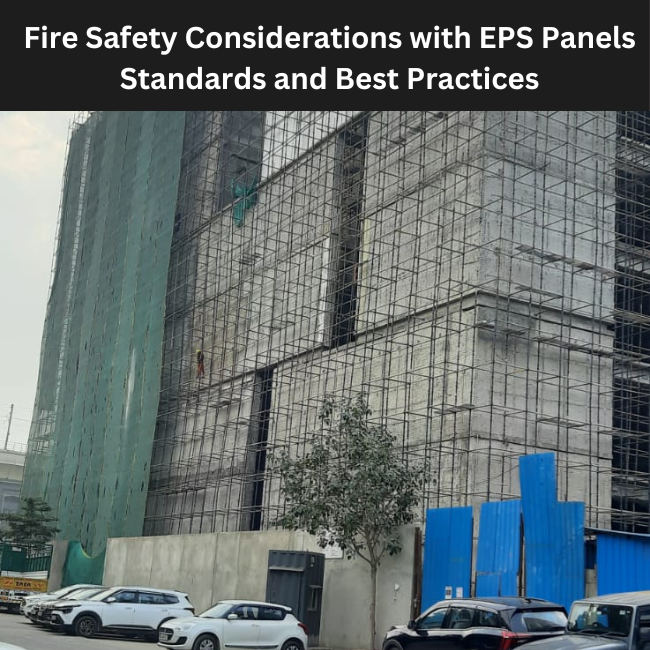In construction and architecture, the use of EPS (Expanded Polystyrene) panels has become increasingly popular due to their lightweight nature, insulation properties, and cost-effectiveness. However, alongside their numerous benefits, it’s crucial to address fire safety considerations to ensure the protection of both property and lives. Understanding the standards and implementing best practices are imperative steps in mitigating fire risks. Therefore, adherence to stringent fire safety standards is paramount.
One of the primary standards governing fire safety in construction is the ASTM E84 standard, also known as the “Standard Test Method for Surface Burning Characteristics of Building Materials.” This test evaluates the flame spread index and smoke development index of materials under controlled laboratory conditions. It provides a rating system that classifies materials based on their fire performance, helping architects and builders make informed decisions regarding material selection.
Table of Contents
ToggleASTM E84
EPS panels used in construction should meet specific fire safety classifications, such as Class A or Class B, as per ASTM E84. Class A materials exhibit minimal flame spread and smoke development, offering the highest level of fire resistance. Class B materials have moderate flame spread and smoke development characteristics, providing a lower but still acceptable level of fire safety.
In addition to meeting fire safety standards, implementing best practices can further enhance fire protection when using EPS panels in construction. Here are some key considerations:
Fire-Rated Coatings: Applying fire-rated coatings or intumescent paints to EPS panels can significantly improve their fire resistance. These coatings create a protective barrier that delays the ignition and spread of flames, providing valuable time for evacuation and firefighting efforts.
Fire Barriers and Compartmentation:
Incorporating fire barriers and compartmentation strategies into building design helps contain fires and prevent their rapid spread. Proper compartmentation involves dividing the building into fire-resistant compartments using fire-rated walls and floors, limiting the extent of fire damage and enhancing occupant safety.
Fire Suppression Systems:
Installing effective fire suppression systems, such as sprinklers and fire extinguishers, is essential for combating fires in their early stages. These systems can help control or extinguish fires before they escalate, reducing property damage and the risk of injury.
Smoke Detection and Alarm Systems:
Early detection of smoke is critical for timely evacuation and fire response. Installing smoke detection and alarm systems throughout the building ensures that occupants are promptly alerted to potential fire hazards, allowing them to evacuate safely.
Regular Maintenance and Inspection:
Routine maintenance and inspection of EPS panels and fire safety systems are vital to ensuring their effectiveness over time. Any signs of damage or deterioration should be addressed promptly to maintain optimal fire protection.
Conclusion
In conclusion, while EPS panels offer various benefits in construction, it’s essential to prioritize fire safety considerations. Adhering to fire safety standards such as ASTM E84 and implementing best practices can significantly reduce the risk of fire-related incidents and protect both property and lives. By incorporating fire-resistant coatings, barriers, suppression systems, and diligent maintenance protocols, architects and builders can create safer environments while harnessing the advantages of EPS panels in construction projects.


